The world community has reaffirmed its commitment to sustainable development by endorsing Agenda 2030 and its 17 goals. The agenda inspires us to think creatively about “the sustainability challenges of today” and “to take the right actions” to address them. It is based on five critical components: people, prosperity, peace, partnership and planet. Sustainable development is not just about economic growth but social inclusion and environmental protection also. These factors are connected and have aspects in common. Agenda 2030 looks at the planet as one and considers each of the SDGs through the lens of these five dimensions. Genuine sustainability sits at the centre and requires new ways of working together, focused on co-creation. We must develop the right capacities for Agenda 2030, invest in lifelong learning, foster action for implementation, measure progress, identify and empower new partners, and lead the way towards a better world within our lifetime.
Understanding the dimensions of sustainable development by endorsing Agenda 2030 and its 17 goals, the world community has reaffirmed its commitment to sustainable development to ensure sustained and inclusive economic growth, social inclusion and environmental protection and to do so in partnership and peace. Agenda 2030 is universal, transformative and rights-based. It’s an ambitious plan of action for countries, the UN system and all other development actors. The agenda inspires us to think creatively about the sustainability challenges. So we can develop the right partnerships and take the right actions. At the heart of the agenda are five critical components; people, prosperity peace, partnership and planet. These, in turn, underpin the 17 sustainable development goals and apply to all countries’ agendas for 2030 the SDGs are not simply items on a checklist they represent a holistic approach to understanding and tackling problems by guiding us to ask the right questions at the right time to achieve this we need to consider several challenges to work out how they connect with, and impact upon each other finding these in dependencies helps us to address the root causes of problems and to create long-term solutions so how does this work sustainable development is usually viewed through a lens of three core elements economic growth social inclusion and environmental protection. But it’s important to remember that these are not just categories or boxes. They are connected and have aspects in common.
For example, a health challenge like tuberculosis is not only determined by an unhealthy lifestyle. It could also be influenced by other factors, such as poverty or air quality. To develop this approach a step further, critical dimensions that will drive Agenda 2030; were adopted by member states partnership and peace partnerships that strengthen the capacities of all stakeholders to work together. Peace, justice and institutions are essential for improving the three core areas. Genuine sustainability sits at the centre, and it will be important to consider each of the SDGs through the lens of these five dimensions. We can’t consider every possible angle of a single challenge that’s why it’s crucial to build partnerships, to share knowledge and expertise. Learning how we can jointly address challenges, requires new ways of working together, focused on co-creation. National ownership is fundamental to addressing challenges properly. Many organizations and actors have an important role to play. Their involvement ensures long-term engagement and guarantees that no one is left behind. The universal nature of Agenda 2030 also asks us to look at the planet as one. Every country and every community has issues to address, and everyone shares the responsibility and ownership to address the challenges that face us collectively. To move forward, we must develop the right capacities for Agenda 2030. We need to invest in lifelong learning to be able to advocate for change, foster action for implementation, measure progress and identify and empower new partners. To support Agenda 2030, we all need to lead the way towards the vision of a better world within our lifetime. Because only if we ask the right questions and seek the right answers and only if we take our responsibilities seriously, we will be able to achieve a truly transformational agenda leaving no one behind.
Here we can share a recent example of how an institution is trying to build a safer world and achieve SDGs. The researchers have built solar-heated military tents and houses. They have won this year’s national energy efficiency innovation award after 30 years of passive solar buildings at Secmal School. Three years ago they started a unique experiment to build four different kinds of passive solar-heated mud buildings. They then scientifically monitored and compared various buildings in Ladakh. The results were fascinating in January, the coldest month, while the solar buildings stayed between 18 to 25 degrees. Ninety per cent of the time, the fossil fuel-heated buildings stayed at around plus 10 and the unheated ones went down to minus 5 degrees. The beauty of these buildings is that they are built with eco-friendly waste materials like clay, which is abundant in Ladakh and straw waste that is rescued from burning in Punjab. When Punjab’s straw is mixed with Ladakhi clay, we get these lightweight insulating blocks to make houses that do not need any fire to heat. It also helped cut pollution in Punjab. Here’s how it works. These buildings are oriented towards the south where the winter sun roams and the double-glazed south facade captures all the sun’s energy and stores it in a unique, no-cost battery. The battery is at no cost because this heat battery uses water pockets as battery fluid and they are made out of plastic waste, and plastic bottles. At night, the water battery releases the heat to the room, to retain this precious heat indoors. They used heavy insulation in the walls, floors and ceilings, and they are made out of wood waste and wool waste from the local pashmina industry.
Their latest experiment is in using solar passive mud principles along with RCC frame structures so that the world can have conventional buildings. But with all the benefits of solar passive heating, what all this means practically is well Nirvana. Nirvana from the punishing cold winters, higher human productivity, better use of resources and better ecology, clean air and clean cities. This is not a story of just sustainable development, this is a story of restorative development and regenerative development, and that’s what the planet needs now.
Khaleeq Ahmad reports about Pakistan in these words, “In UNDP’s Human development index report, Pakistan is at 150thranking with (an HDI) of 0.5623 in the Globe. It is included in the most populated countries of the world with 6th position. Its youth is falling in the age bracket of 15 to 28 years but with no substantial growth. Pakistan’s concerns regarding gender discrimination are at their peak. It ranked 150 out of 153 for considering women in security, financial inclusion matters, and justice. Moreover, in 2017 a Sustainable Development Goals Index reported the rankings of Pakistan as 122nd number out of 157 countries. Pakistan fairly secured its position consisting of 55.6 points under the index of SDGs. Regional states are better in points an average of 63.3 while India as arch-rival of Pakistan secured 58.1 and Bangladesh with 56.2 points. Unlike Millennium Development Goals (MDGs) Pakistan‘s parliament has adopted its agenda of national development under the United Nation’s initiative of SDGs. The National Assembly of Pakistan established a parliamentary secretariat on these goals. Later on, this secretariat would monitor and report the activities of Provinces and regional levels in Pakistan and its surrounding states. Furthermore, it has elected representatives of the Planning Commission of Pakistan to look after the implementation concerns of SDGs”.

It is inescapable to state that nations like Pakistan desperately require to concentrate on the agenda of 2030. Despite very low indexing through global institutions, it should perform better to execute the immersed targets and subfactors of sustainable development goals. All goals are interlinked with each other. So if there is remote progress in a goal, further goals shall be enhanced as they would. So just like goal sixteenth of sustainable development goal which is about peace, the justice system and institutions would automatically alter the positive outcome for others. Therefore, Pakistan confronts tough challenges which are sabotaging every approach inside the country. It needs a fully-fledged focus while dealing with SDGs.
*Reference: The 17 Goals Sustainable Development Adopted by UN Members

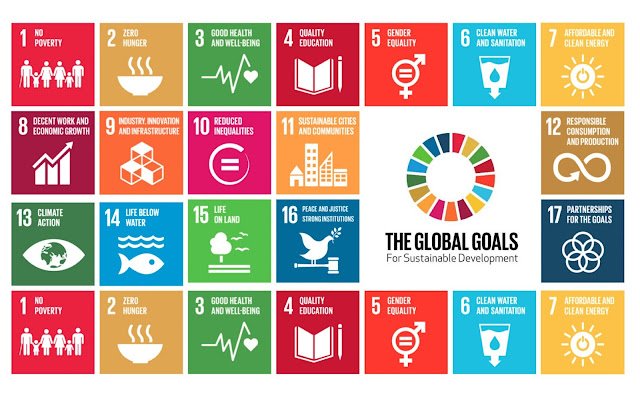
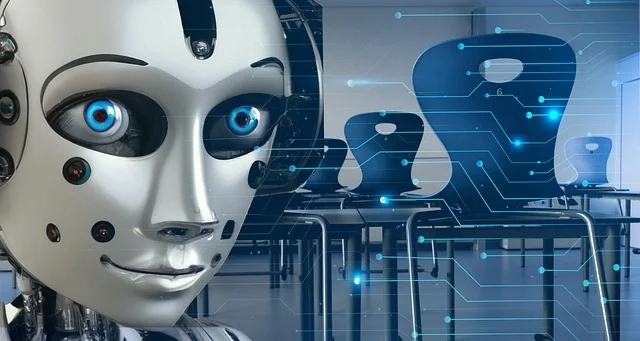

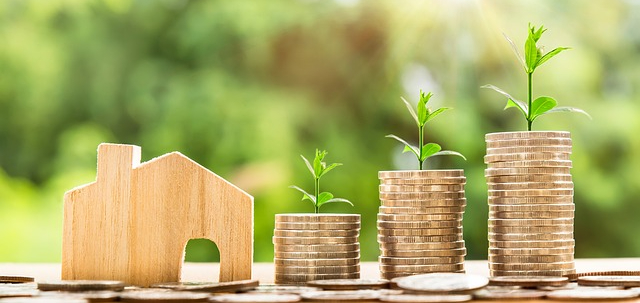
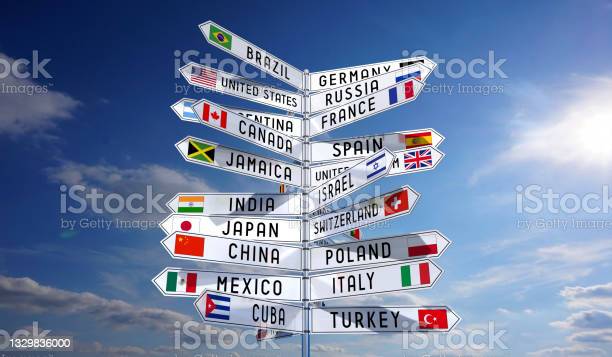

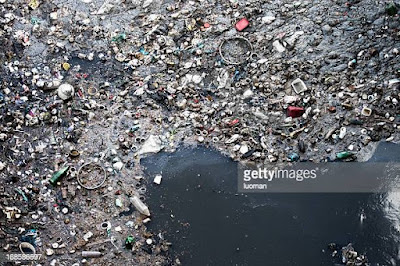

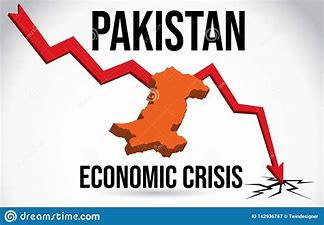
One Comment